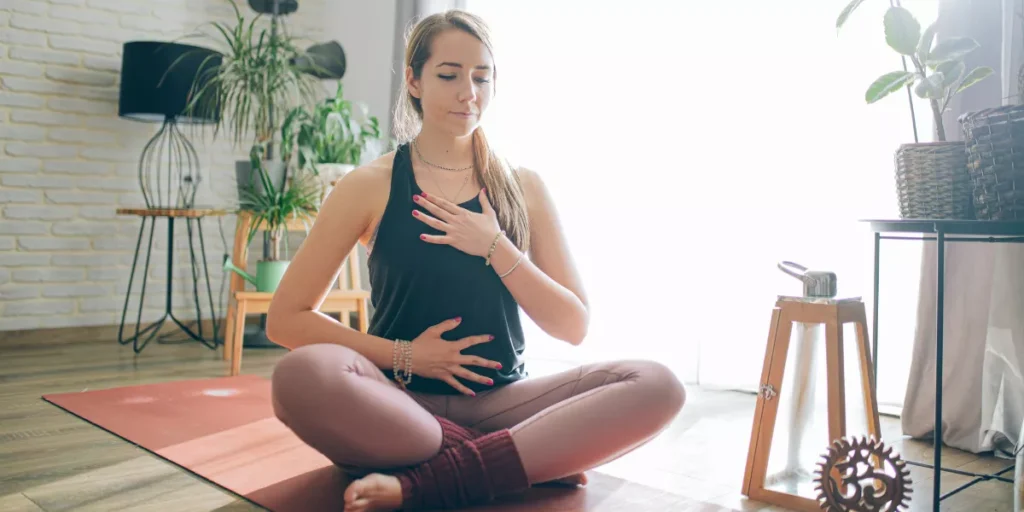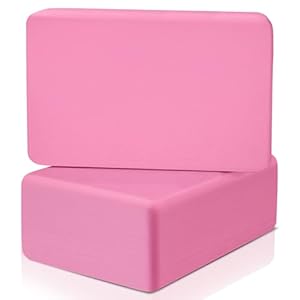
As you settle into your meditation space, the gentle rhythm of your breath becomes the anchor for your practice. But what if there was a way to enhance this experience, to deepen your connection with each inhale and exhale? By exploring various breathing techniques, you can unlock new levels of tranquility and focus during your meditation sessions. These techniques offer a pathway to a more profound state of mindfulness and inner calm. So, why not take a moment to explore how simple shifts in your breathing pattern can transform your meditation practice?
Diaphragmatic Breathing
To practice diaphragmatic breathing effectively, ensure you’re in a comfortable position and focus on breathing deeply into your abdomen. Start by sitting or lying down with your back straight and shoulders relaxed. Place one hand on your chest and the other on your abdomen. As you inhale through your nose, feel your abdomen rise and expand, allowing your diaphragm to fully engage. You should aim to breathe in deeply enough that the hand on your abdomen rises higher than the one on your chest.
Focus on exhaling fully, allowing your abdomen to fall as you release the air. This type of breathing helps calm your nervous system, reduce stress, and increase oxygen flow in your body. It can be particularly beneficial during meditation as it encourages a sense of relaxation and presence in the moment. Practice diaphragmatic breathing for a few minutes each day to develop a deeper connection with your breath and enhance your meditation practice.
Box Breathing
For a different breathing technique that can further enhance your meditation practice, consider trying out Box Breathing. Box Breathing, also known as square breathing, is a simple yet powerful technique that can help calm your mind and improve your focus during meditation.
To practice Box Breathing, start by sitting comfortably with your back straight. Inhale deeply through your nose for a count of four seconds, allowing your lungs to fill with air. Hold your breath for another four seconds, maintaining a sense of calmness. Slowly exhale for four seconds, completely emptying your lungs. Finally, hold your breath again for four seconds before beginning the cycle anew.
This rhythmic pattern of breathing in equal segments can help regulate your breathing, decrease stress levels, and promote a sense of inner peace. By incorporating Box Breathing into your meditation practice, you can enhance your ability to stay present and fully engage in the moment. Give it a try the next time you meditate and experience the benefits firsthand.
Alternate Nostril Breathing
Consider incorporating Alternate Nostril Breathing into your meditation routine to enhance relaxation and balance in your practice. This technique, also known as Nadi Shodhana, is a powerful way to calm the mind and find inner peace. To begin, sit comfortably with a straight spine. Place your left hand on your left knee, palm open to the sky. Bring your right hand close to your face, using your thumb to close off your right nostril and your ring finger to close off your left nostril.
Start by closing off your right nostril with your thumb and inhaling deeply through your left nostril. Then, close off your left nostril with your ring finger and exhale through your right nostril. Inhale through the right nostril, then close it off and exhale through the left nostril. Continue this pattern, focusing on the breath flowing evenly through both nostrils.
Alternate Nostril Breathing can help you find a sense of balance, reduce stress, and enhance your meditation experience. Practice this technique for a few minutes each day to reap its calming benefits.
Counted Breaths
Incorporate Counted Breaths into your meditation practice to deepen your focus and enhance mindfulness. Counted Breaths is a simple yet powerful technique that can help you stay present and calm during your meditation sessions.
To begin, find a comfortable seated position and close your eyes. Take a few deep breaths to settle into the practice. Start by inhaling deeply through your nose, then slowly exhale. As you breathe, start counting each inhale and exhale cycle. For example, inhale… exhale… count one. Inhale… exhale… count two. Continue this pattern until you reach a specific count, like ten, and then start over.
This method can anchor your attention to the breath, preventing distractions and promoting relaxation. If your mind starts to wander, gently bring your focus back to the counting without judgment. With consistent practice, Counted Breaths can sharpen your concentration and deepen your meditation experience.
Ocean Breathing
Experience a sense of tranquility and relaxation with the Ocean Breathing technique during your meditation practice. Imagine yourself by the seashore, with each breath mirroring the ebb and flow of the ocean waves. Begin by sitting comfortably with your eyes closed. Inhale slowly and deeply through your nose, feeling the cool, fresh air fill your lungs. Then, exhale gently through your mouth, envisioning the warm breath receding like a wave returning to the sea.
As you continue this rhythmic breathing pattern, focus on the sound and sensation of your breath. Just like the ocean’s steady rhythm, let your breathing guide you to a state of calmness and mindfulness. If your mind starts to wander, gently bring your attention back to the sensation of breathing in and out, like the perpetual motion of the tides.
Ocean Breathing can help you cultivate a sense of peace and connectedness during your meditation sessions. By syncing your breath with the ocean’s natural flow, you can enhance your practice and deepen your relaxation.
Yoga














